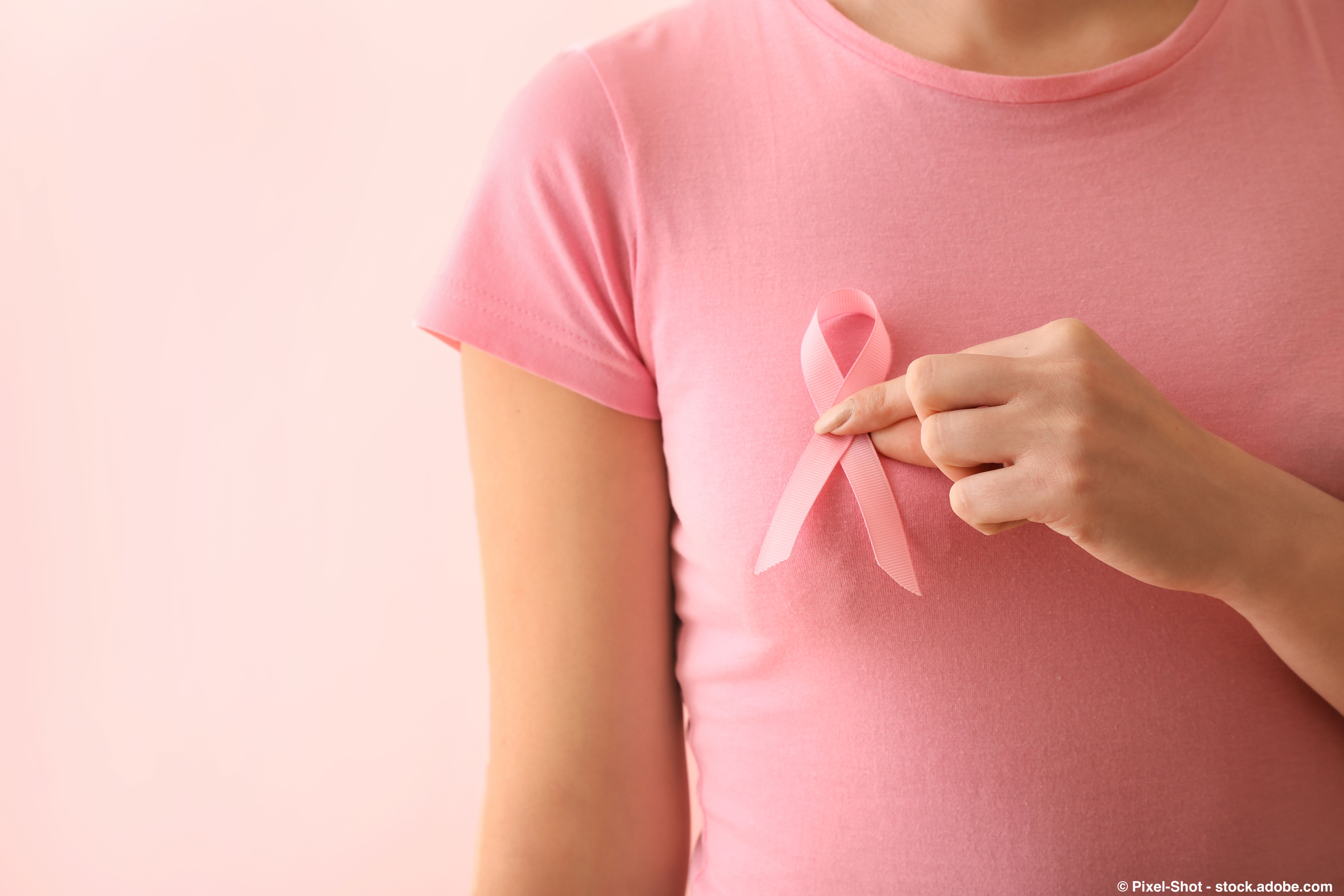Article
Trodelvy May Fulfill Unmet Need for Subset of Patients With Metastatic Breast Cancer
Author(s):
Compared to physician’s choice of treatment, Trodelvy improved survival and quality of life in pretreated patients with HR positive/HER2 negative metastatic breast cancer.
Trodelvy (sacituzmab govitecan-hziy) significantly improved overall survival in pretreated patients with hormone receptor (HR)-positive/HER2 negative metastatic breast cancer who are endocrine therapy-resistant, a population with limited treatment options, according to recent study results.
In particular, the median overall survival was 14.4 months with Trodelvy compared to 11.2 months with physician’s choice of treatment, demonstrating a statistically significant and clinically meaningful improvement, according to a presentation at the 2022 ESMO Congress.
“This statically significant and clinically meaningful benefit of (Trodelvy) over (physician’s choice of treatment) from the TROPiCS-02 study supports the use of (Trodelvy) as a novel therapy for patients with pretreated HR positive/HER2 negative metastatic breast cancer,” said Dr. Hope S. Rugo, director of Breast Oncology and Clinical Trials Education and professor of medicine in the division of hematology and oncology at the University of California, San Francisco Helen Diller Family Comprehensive Cancer Center, during the presentation.
Rugo explained that currently international guidelines recommend sequential endocrine therapy combined with targeted agents for this patient population; however, optimal sequencing of treatment following endocrine therapy remains unclear. For patients who are resistant to endocrine therapy, single-agent chemotherapy is the standard of care but is associated with declining efficacy and increased toxicity.
“With this in mind, there remains a high unmet clinical need for novel, effective therapy options for patients with pretreated HR positive/HER2 negative metastatic breast cancer in the late-line setting,” Rugo said.
Patients in this study had HR positive/HER2 negative metastatic breast cancer who were previously treated with taxane, endocrine therapy, CDK4/6 and two to four lines of chemotherapy. A total of 543 patients were enrolled in this study and received either Trodelvy (272 patients) or physician’s choice of treatment (271 patients) until disease progression or unacceptable toxicity.
“(Trodelvy) is a first-in-class antibody drug conjugate directed to Trop-2, a transmembrane calcium signal transducer which has been linked to tumor progression and poor prognosis,” Rugo explained. “Trop-2 is highly expressed in approximately 80% of breast cancers.”
Additional results demonstrated a significant improvement in objective response rate (the rate of a measurable response to the treatment) in the Trodelvy group (21%) compared to physician’s choice of treatment group (14%).
Median duration of response (the time the disease responds to a treatment without growth or spread) was prolonged at 8.1 months with Trodelvy compared to physician’s choice of treatment at 5.6 months.
Improvements in quality of life and fatigue were also observed in the Trodelvy group.
Side effects that occurred with Trodelvy were consistent with previous reports and were manageable. And 6% of patients in the Trodelvy group and 4% in physician’s choice of treatment group discontinued treatment due to side effects.
It was previously reported that the study met its main goal of progression-free survival (time during and after treatment when the patient lives without disease progression) with Trodelvy by reaching 5.5 months compared to four months with physicians’ choice of treatment.
For more news on cancer updates, research and education, don’t forget to subscribe to CURE®’s newsletters here.




